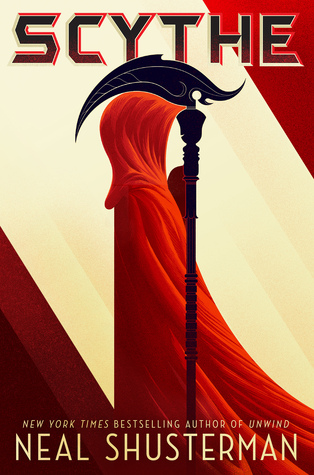
Francisco X. Stork
Scholastic, 2016 325 pages
Grades 8-Up
Realistic Fiction
Our story opens with a suicide letter written by Vicky to her nanny from Mexico who raised her. After turning the page we see Vicky waking up in a hospital bed and learning that it was Nana who saved her and she is very lucky to be alive. Vicky does not feel lucky and reluctantly and carefully begins the arduous process of healing. Through the help of understanding and patient Dr. Desai and the three other teens in her therapy group on the mental ward of the hospital Vicky gives her condition a name: depression and learns to treat it. She starts to find healing and surprises herself as she stands up to her controlling and demanding father, insisting on staying longer. Dr. Desai takes the teens for a visit to her rural ranch where they can heal in a peaceful environment. The trip proves to be anything but peaceful as one of teens almost drowns, another one starts to experience full-blown delusions, and Vicky's roommate goes off her meds and runs away in a manic haze. Vicky must return home where she needs to face the oppressive and sterile restrictions of her household, re-enter the posh private school where everyone know what she tried to do, and find a permanent solution for her Nana, who Dad has forced out and sent back to Mexico. Vicky finds the inner-strength to slay her everyday dragons, all while helping out her new friends, slowing finding out who she really is and appreciating all that is good within herself.
Teen girl's will love this book. I read it at the insistence of my teenage daughter. It will appeal to readers of "sick-lit" who love Fault in our Stars and If I Stay, although no one ultimately dies. When I saw that the book starts off in the mental ward of a hospital I thought of A Funny Kinda Story, but there is no humor to off-set the reality of the situation. What we do have is an honest and sometimes painful account of a young lady struggling with depression and trying to find her confidence and self-worth. Many teenagers today are battling with mental illness and the teen suicide rate is souring, so there is an important place for this book. Stork offers at the end a personal account of his own struggles and suggests places for teens to turn for help with mental illness. Stork is a beautiful writer. Vicky, the main character in the story, is a poet, so much of the language is thoughtful and lyrical. I personally got a little bored with the book. It went on a bit too long for me and was too "Talky-talky". There was one cool scene at the end when Vicky and a friend have to combat a drug dealer to save another friend, but that was ten interesting pages out of 325. That's a personal criticism: I'm a plot reader. I know so many kids that love sad tales and this is right up their alley. Thoughtful teens, especially girls, will be very moved by Vicky's account and fall right into it. The Memory of Light ends on a positive note with all of the main characters changed for the better and on the road to healing. The main take-away message after reading this novel is one of "Hope" and that is an important message that all struggling teens need to hear.
Teen girl's will love this book. I read it at the insistence of my teenage daughter. It will appeal to readers of "sick-lit" who love Fault in our Stars and If I Stay, although no one ultimately dies. When I saw that the book starts off in the mental ward of a hospital I thought of A Funny Kinda Story, but there is no humor to off-set the reality of the situation. What we do have is an honest and sometimes painful account of a young lady struggling with depression and trying to find her confidence and self-worth. Many teenagers today are battling with mental illness and the teen suicide rate is souring, so there is an important place for this book. Stork offers at the end a personal account of his own struggles and suggests places for teens to turn for help with mental illness. Stork is a beautiful writer. Vicky, the main character in the story, is a poet, so much of the language is thoughtful and lyrical. I personally got a little bored with the book. It went on a bit too long for me and was too "Talky-talky". There was one cool scene at the end when Vicky and a friend have to combat a drug dealer to save another friend, but that was ten interesting pages out of 325. That's a personal criticism: I'm a plot reader. I know so many kids that love sad tales and this is right up their alley. Thoughtful teens, especially girls, will be very moved by Vicky's account and fall right into it. The Memory of Light ends on a positive note with all of the main characters changed for the better and on the road to healing. The main take-away message after reading this novel is one of "Hope" and that is an important message that all struggling teens need to hear.







